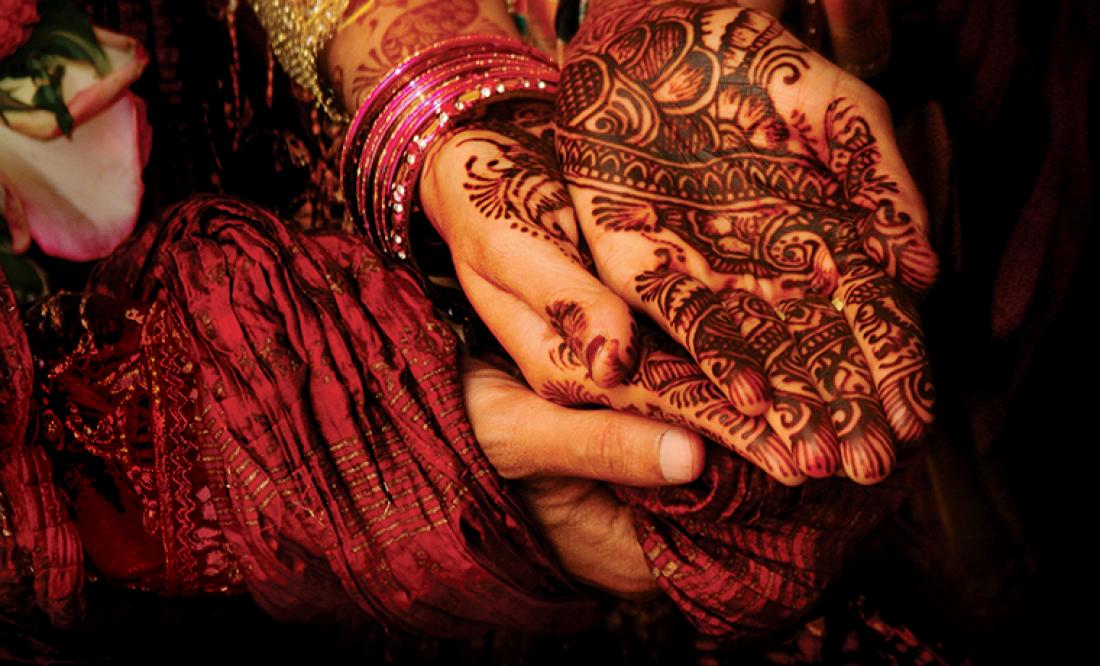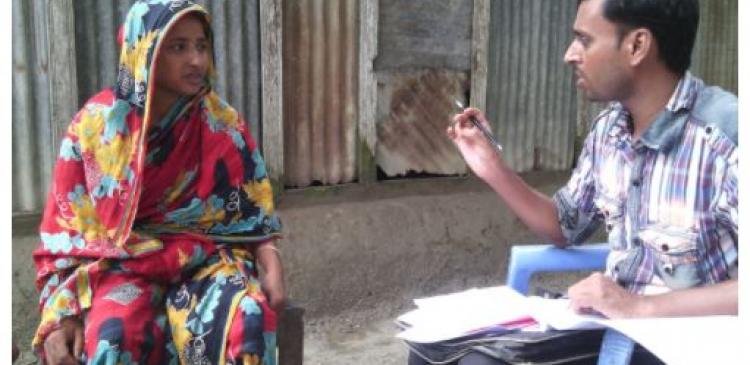ASIA RESEARCH NEWS 2018 FEATURE ARTICLE
In addition to secondary education, girls need access to decent jobs and increased security in public to avoid child marriage and change perceptions of traditional gender norms.
To reduce the number of child marriages around the world, it is necessary to change perceptions of traditional gender norms, says M Niaz Asadullah of the University of Malaya in Malaysia.
Asadullah and Zaki Wahhaj at the University of Kent in the UK surveyed 7,500 married women in Bangladesh about the causes and consequences of child marriage. More than 80% of the women surveyed were involved in arranged marriages and 72% were married without consent.
Further analysis revealed that those who married as children had poorer social networks and were more likely to adopt traditional views of gender roles. These gender perceptions were reinforced by a lack of schooling. The effect of early marriage on gender perceptions was reduced if a girl had a female role model who made ‘progressive’ choices, such as completing secondary school, using contraception or
earning an income.
Poverty has long been a key driver of child marriage, pushing more than 700 million girls around the world under the age of 18 to marry in formal or informal unions. These girls are twice as likely to come from poor, rural areas than from urban centres, according to UNICEF.
However, economic growth in countries like India and Bangladesh has not led to a corresponding reduction in child marriage rates. National programmes have levelled secondary school attendance among girls with that of boys, subsequently reducing the number of marriages of children aged 12 to 14. However, dropout rates are still high in both genders, and for girls it is mainly due to marriage-related reasons, say the researchers.
In Bangladesh, the legal minimum age for girls to marry is 18, but it is often ignored and rarely enforced, according to the study. Parents often want to marry off their daughters early due to concerns they will dishonour their families when they reach puberty, or be at greater risk of sexual assault if they continue their schooling or pursue a career.
Child marriage has devastating consequences: girls are more likely to drop out of school, have no job prospects, and suffer from adverse health effects due to early pregnancy and domestic abuse. The United Nations aims to end child marriage as part of its Sustainable Development Goals.
The researchers conclude that investing in formal education is just one part of the solution to end child marriage.
In his study, Asadullah writes that any changes in child marriage law should aim to improve the capacity of adolescent girls to exercise their own choice, as the lack of agency among adolescent girls themselves is the main source of their vulnerability.
As such, education schemes should be tied to other approaches including adolescent empowerment through non-formal education, provision of job training and increased security in public venues.
Asadullah and his team next plan to investigate the role of legal reforms to combat child marriage. They will also examine how external threats affect child marriage and dowry customs in South Asia, such as natural disasters and the Rohingya refugee crisis, which has involved a mass exodus of girls fleeing physical assaults and gang rape in Myanmar.
-----------------------------------------------------------
Did you know?
Child marriage is a global issue affecting various countries, religions and ethnicities spanning from Latin America, Africa, Middle East to South Asia. In developing countries, one in three girls are said to be married before they turn 18 and over 700 million women today were married as children, according to Girls Not Brides. The prevalence of child marriage can be seen in rates and numbers. While Niger has the highest rate with 78% followed by Central African Republic and Chad equally with 68%, India has by far the largest number with over 26 million followed by Bangladesh and Nigeria with 3.9 million and 3.3 million respectively.
---------------------------------------------------------
For more information about this research, contact
Professor M Niaz Asadullah
E-mail: [email protected]
Faculty of Economics and Administration
University of Malaya
Asia Research News is our annual magazine to highlight exciting research studies from our partners. 25 000 print copies are printed and distributed to key figures in research. Download a PDF copy from the link below or contact us if you would like print copies.




